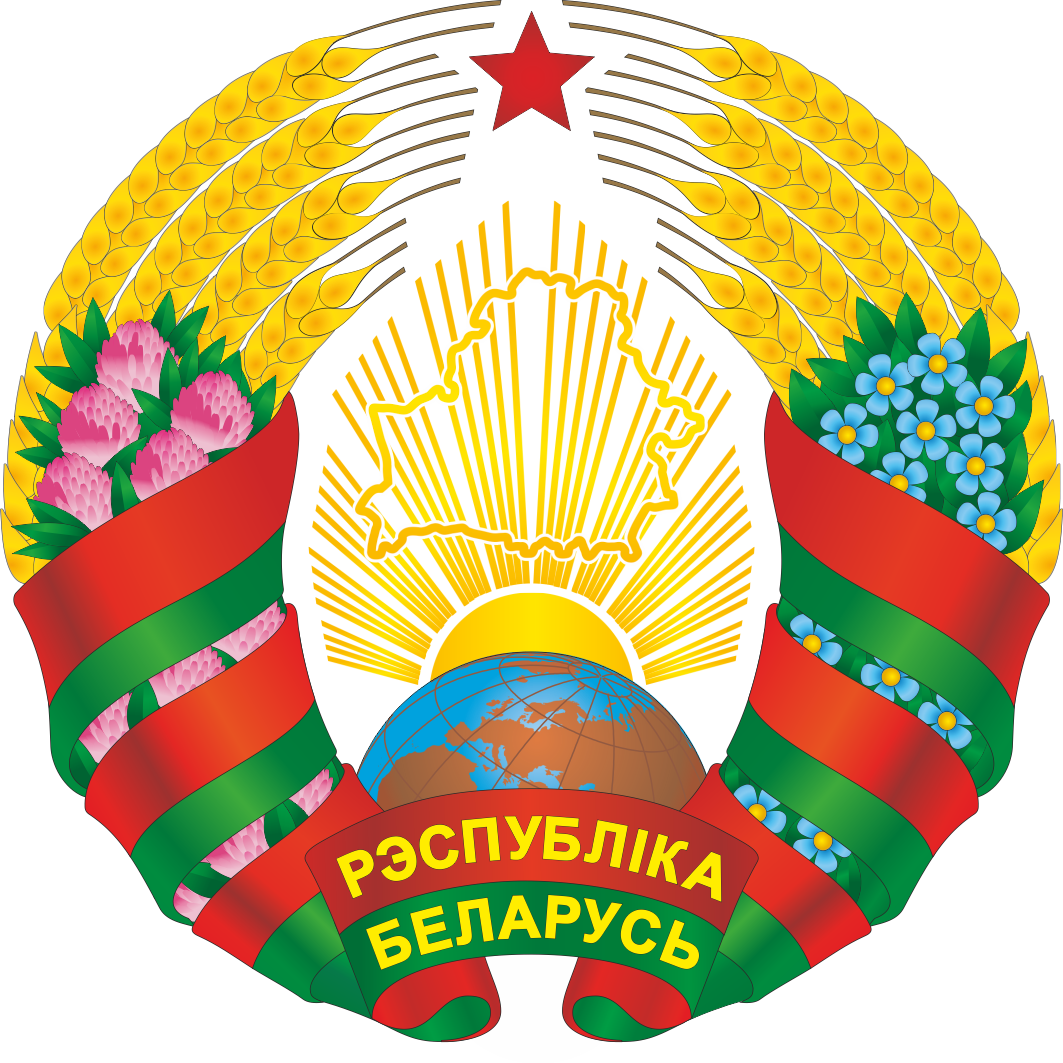Belarusian State Philharmonic Society has begun its way in 30 years of the twentieth century, at first t even without its own building, in unsuitable conditions for rehearsals, deprived of the minimum of the acoustic, so necessary for the creation of new musical groups.
The first chief conductor of the Symphony Orchestra of the Belarusian State Philharmonic famous professor and musician Ilya Musin recalls: "Philharmonic Concert Hall was in the clubhouse.
Uncomfortable, the empty lobby, just as unappealing hall. Rather than platform - a typical club stage with the rag portals. Acoustics was disgusting. Not surprisingly, this premises did not promote to attract audience. "
But life didn’t stand still, and the impetuous times demanded of change, changed attitudes and value system. Metropolitan audience filled the uncomfortable halls and craved music by Beethoven, Brahms, Tchaikovsky, Glazunov; with enthusiasm and genuine surprise listened to the first performance of Belarusian folk songs, dances, works of the first Belarusian Soviet composers.
Decades of Belarusian art, regularly held in the country and abroad, had become undeniable evidence of professional climbing of the art groups and soloists of the new concert organization.
The orchestra of folk instruments, choir, symphony orchestra and artists song and dance ensemble had success in the concert halls of Moscow, Leningrad, Zheleznovodsk; were greeted warmly touring performances in the Crimea and the Caucasus.
For successes in the development of Belarusian musical art the Belarusian State Philharmonic Society by the Decree of the Presidium of the Supreme Soviet on 20 June 1940 was awarded the Order of Red Banner of Labor.
Art groups, ensembles and soloists of the Philharmonic have received furnished rehearsal rooms, a permanent place for concerts and they were full of creative ideas and plans for the future.
But World War II posed new challenges: "The main occupation of the Philharmonic for the next period to consider the establishment of the concert crew to service the Red Army. Designate as the artistic director the honored artist of BSSR M.Bergera. To impose on him duties of concertmaster ".
"Spiritual army’s reserve " considered itself front-line team of the Belarusian Philharmonic concert. A virtuoso pianist, became a virtuoso accordionist, solo singers, actor- readers had composed songs, satirical genre interludes for front audience. L.Aleksandrovskaya, I.Bolotin, R.Mlodek, A.Nikolaeva, S.Drechin by secret forest trail get to the front line, to the partisans. The war dictated the new orders, but failed to silence the trembling heart, and clear voice of a great nation.
The first postwar concert season opened on September 21, 1946. For the remote control was a memorably expressive, unusual, temperamental Tatiana Kolomiytseva. From the front and evacuation musicians were coming back. Some didn’t return. Recollected the philharmonic library, carefully assembled before the war and lost during the occupation. The dulcimer orchestra was recreated: I.Zhinovich, artistic director of the orchestra, began reconstruction of the national duclimer, wanting to expand its range of concert band, opened the dulcimer classes at the Conservatory, made a few arrangements of orchestral works.
Each concert season has its own peculiarity, and its appearance. However, the priorities remain unchanged: serious music, education, the revival of cultural traditions, the execution of works of different styles and the national schools of composition. It has always been primarily for the different generations of musicians and organizers of the concert activity - V.Dubrovsky, E.Tikotsky, V.Kataev, Yu.Efimov, A.Bogatyrev, G.Zagorodny, N.Shevchuk, V.Bukon, V.Ratobylsky.
After the building of the Philharmonic with aHall on 930 seats was built, an opportunity to substantially increase the number of concerts, to expand their subject matter. The opening of the modern concert Hall was in April 1963. A little later, sounded the first organ concert, which opened a new chapter in the history of organ performance in Belarus.
The debut of the Minsk Chamber Orchestra, the appearance of an ensemble of ancient music "Cantabile," folk-dance ensemble "Khoroshki" and "Kupalinka" have decorated and shocked the cultural environment of the country. A "Minsk Spring" and "Belarusian Music Autumn" - festivals, which annually enrich repertory context of the Philharmonic life – have become the culmination of the concert season of the country.
Modern history of the Belarusian Philharmonic marked its capital reconstruction in 2004. The reconstruction was carried out at the expense of the republican budget. From the old Philharmonic remained only the foundation of the building. Interior Philharmonic meets the latest standards and technologies. Improving the quality of sound required to reduce the number of seats in the hall. Now, instead of 930, it is designed for 690 seats. At the same time, the building was opened in the other Philharmonic Small Hall for 190 seats, which bears the name of Grigory Shirma.



